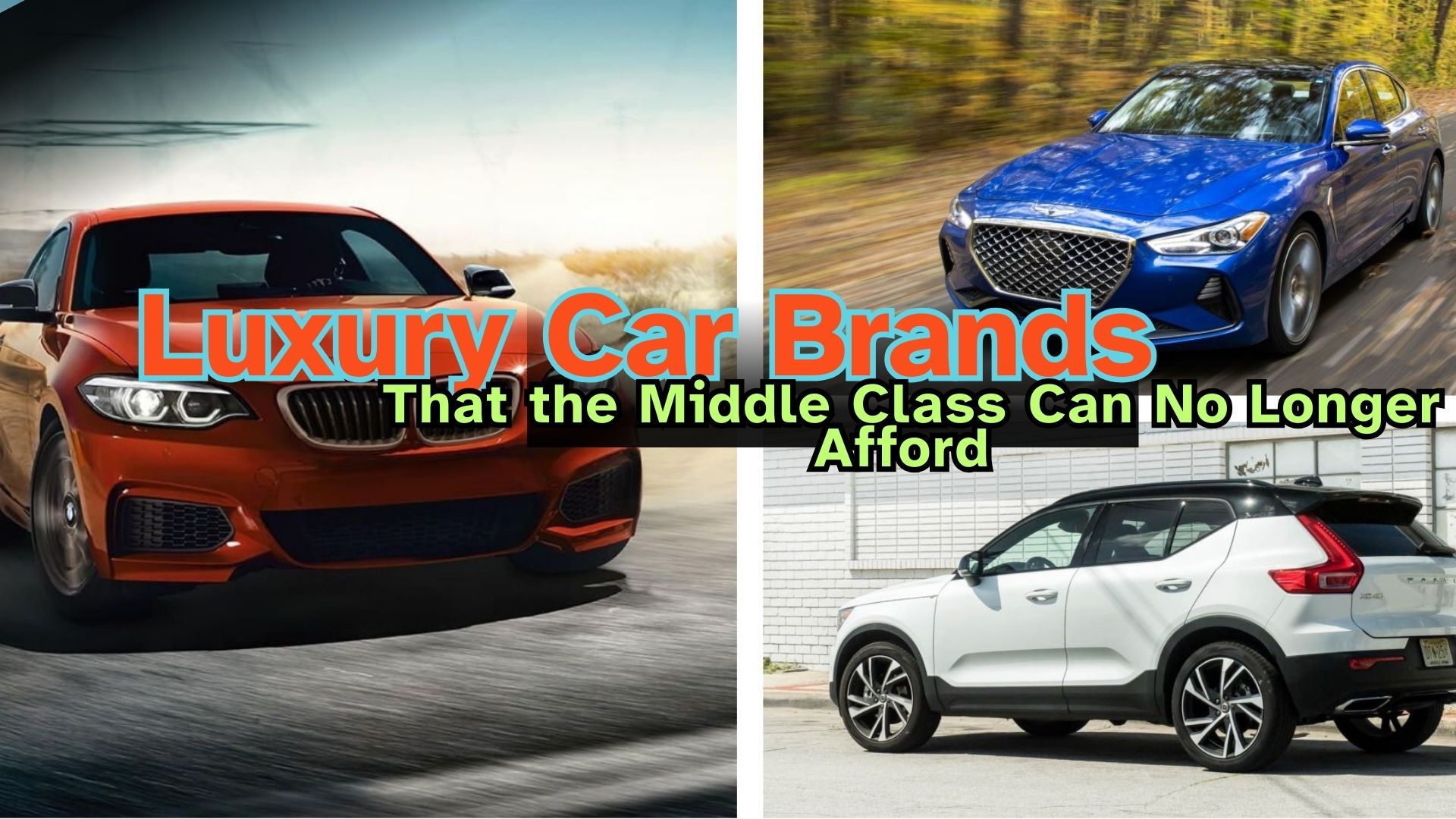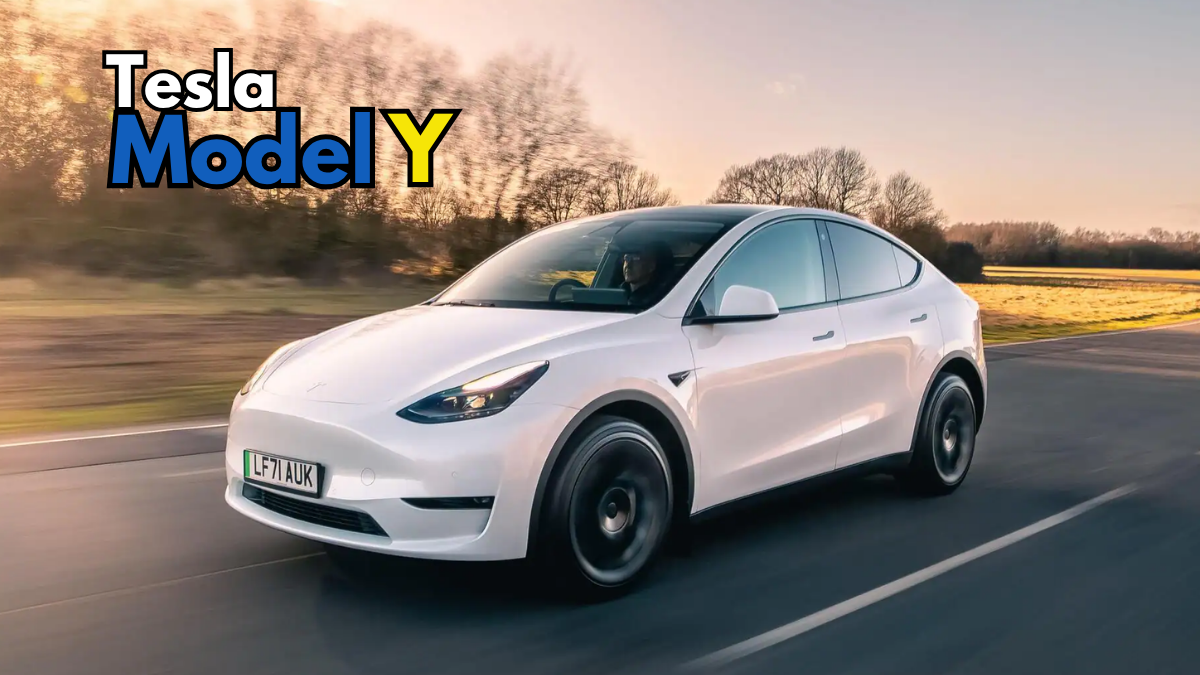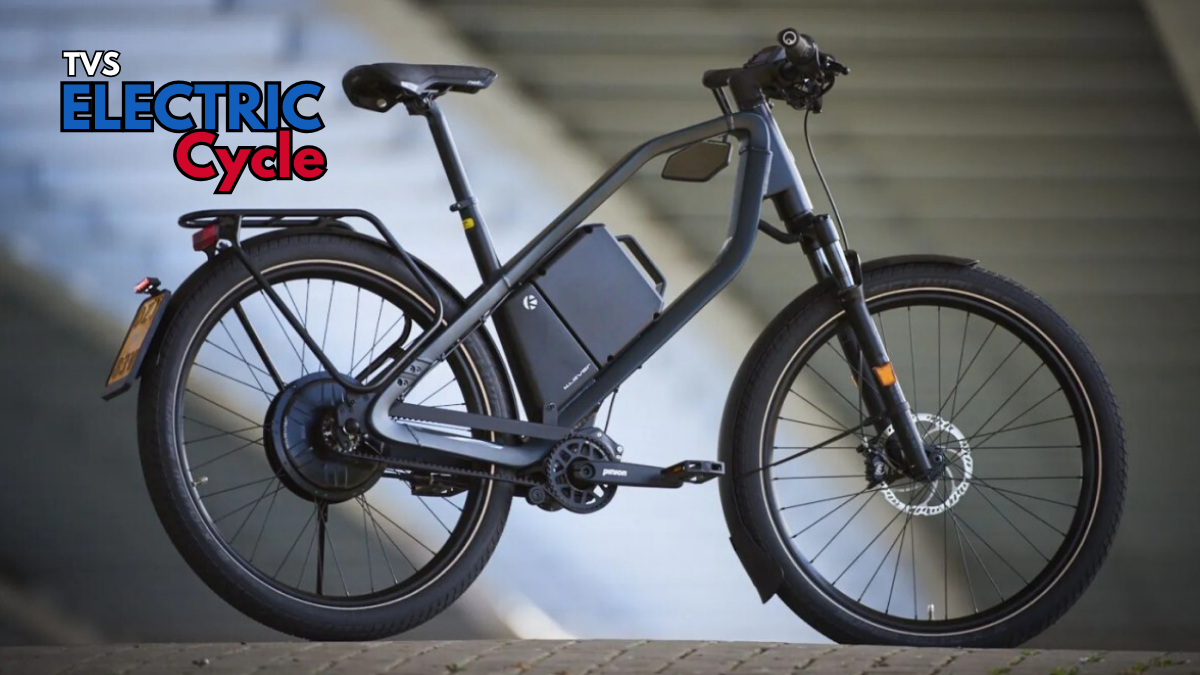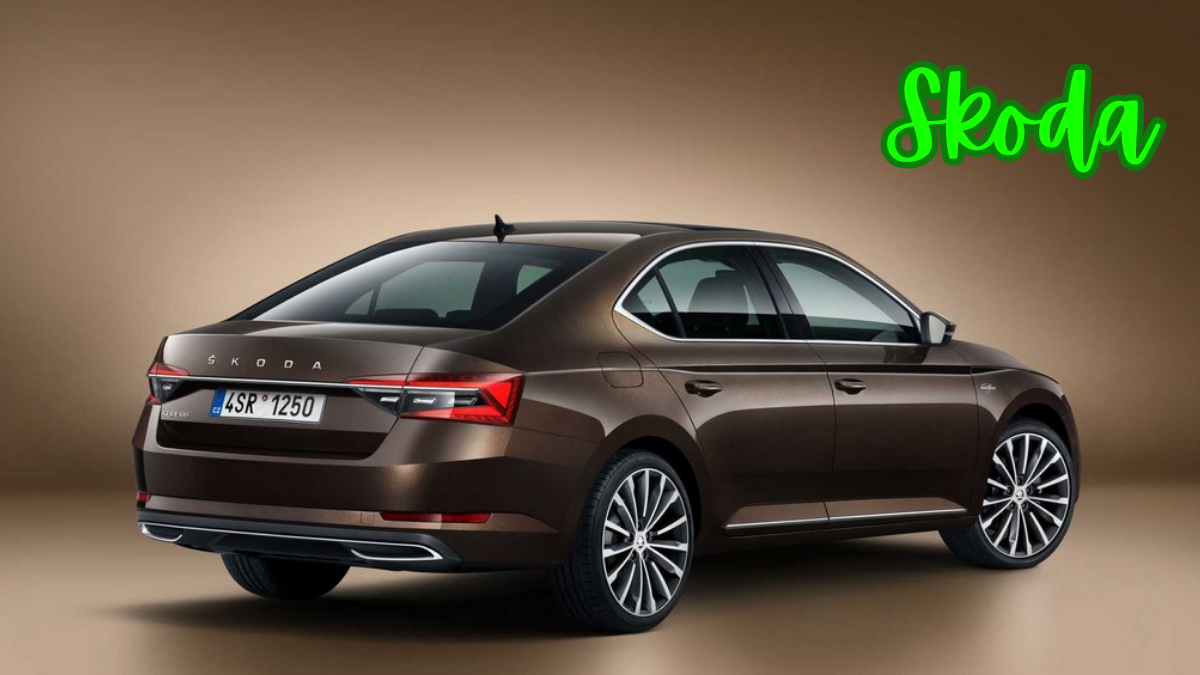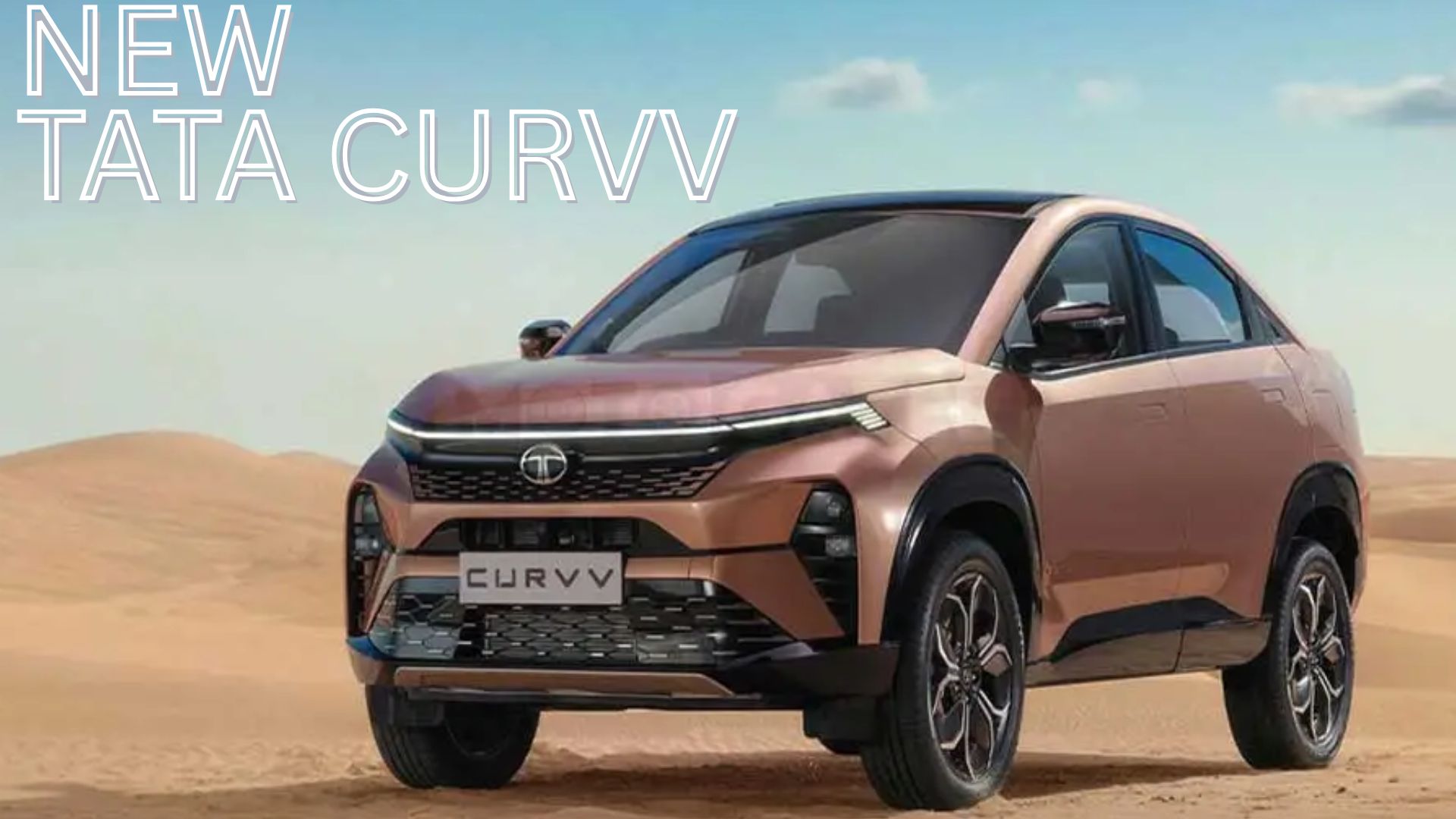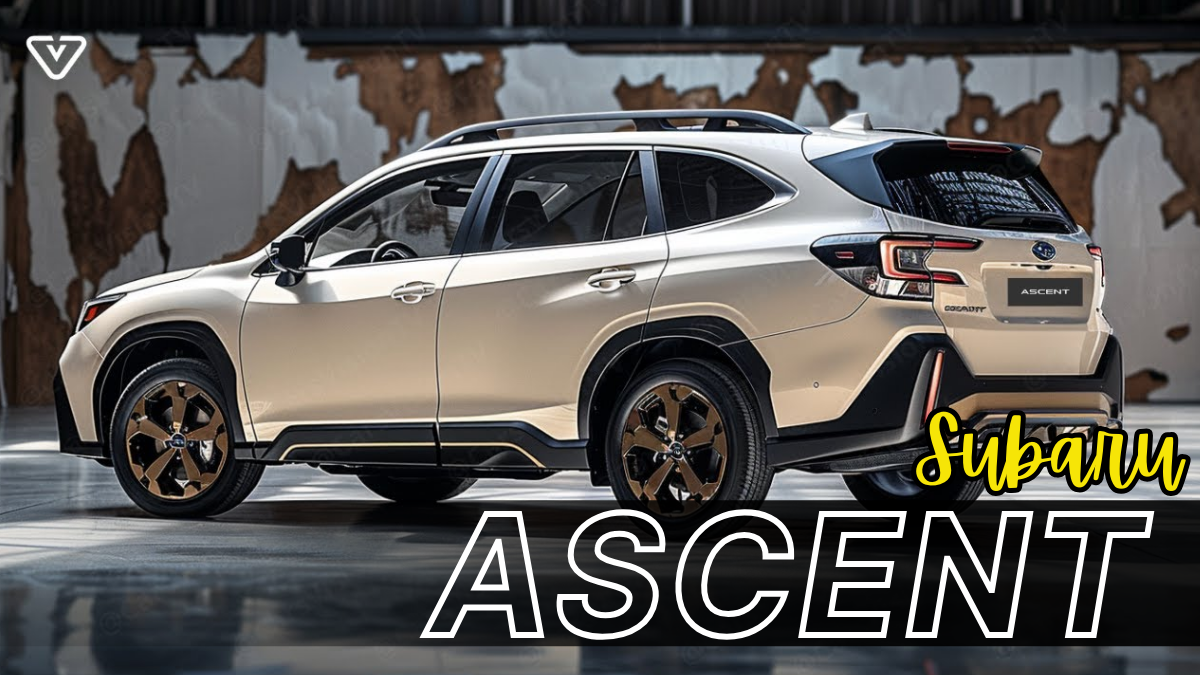Rising vehicle prices, costly maintenance, and soaring insurance premiums have made luxury cars harder to attain for the middle class in the United States. While these vehicles carry an undeniable appeal from sleek designs to powerful engines and prestigious branding the reality is that most middle-class households are finding them financially out of reach.
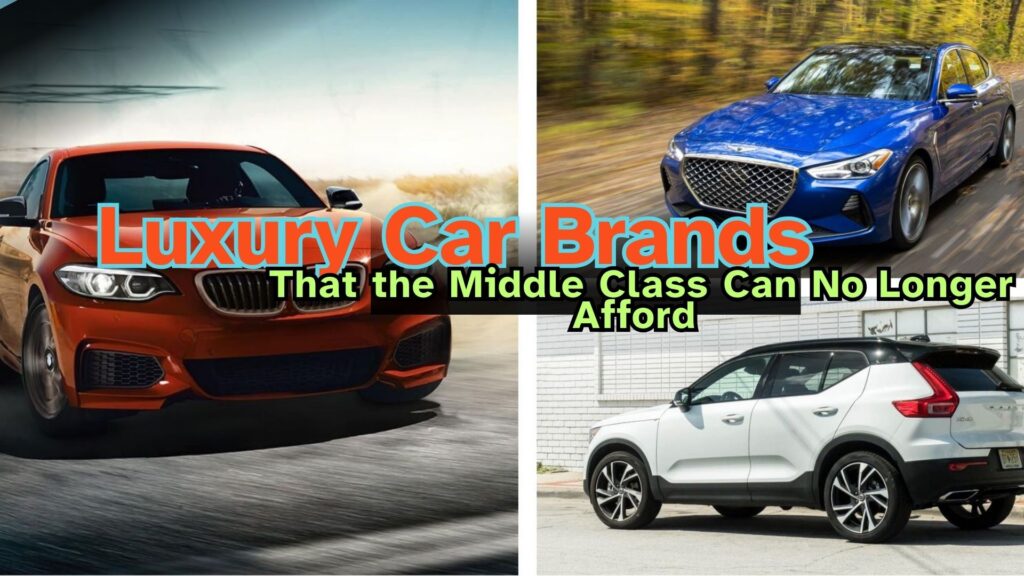
According to Kelley Blue Book, the average transaction price (ATP) for an entry-level luxury car is $56,342, while high-end luxury models average $117,557. In comparison, the ATP for a standard new vehicle is $48,699. For households earning between $51,558 and $154,590 (considered middle class based on the median U.S. income of $77,345), stretching for a luxury car often means exceeding recommended financial guidelines.
Financial experts generally advise spending no more than 20% of post-tax monthly income on a car payment. With rising interest rates, expensive parts, and advanced technology features, this makes luxury cars more difficult to fit into a typical middle-class budget.
Below, we explore four luxury car brands that many middle-class buyers can no longer realistically afford.
BMW: German Engineering at a Price
BMW has long been a symbol of luxury, blending precision engineering with innovative technology. However, that prestige comes at a cost. Beyond the sticker price, BMWs are notorious for high maintenance expenses, thanks to specialized parts and labor requirements.
Popular models often exceed affordability for the middle class:
-
2025 BMW 5 Series: Starts around $60,000
-
2025 BMW X5: $66,000 to $90,000
-
2025 BMW 7 Series: $97,000 to over $120,000
For middle-class earners, these numbers push BMW ownership well beyond the 20% rule for car payments. Maintenance costs also average significantly higher than non-luxury brands, further widening the financial gap.
Summary Table
Brand |
Example 2025 Models |
Price Range (MSRP) |
Official Website |
|---|---|---|---|
BMW |
5 Series, X5, 7 Series |
$60,000 – $120,000+ |
|
Porsche |
Macan EV, 911, Taycan |
$79,995 – $231,995 |
|
Mercedes-Benz |
Maybach EQS SUV, AMG C63, EQE |
$76,050 – $206,050 |
|
Audi |
RS3, A8, RS7 |
$64,695 – $131,195 |
Porsche: Performance Meets Exclusivity
Porsche is known for blending performance and luxury, offering everything from high-speed sports cars to stylish electric SUVs. However, this exclusivity places them firmly in the realm of upper-class buyers.
Here are some current MSRPs for 2025 models:
-
Porsche Macan EV: $79,995 to $111,095
-
Porsche 911: $122,095 to $187,995
-
Porsche Taycan: $101,395 to $231,995
These prices far exceed what most middle-class households can justify, particularly when factoring in insurance premiums and costly maintenance unique to Porsche’s advanced engineering.
Mercedes-Benz: Luxury Beyond Reach
Mercedes-Benz is another brand that exemplifies luxury, performance, and cutting-edge design. However, high upfront costs and imported parts make these vehicles difficult for middle-class families to afford or maintain.
Some examples of 2025 models include:
-
Mercedes-Maybach EQS SUV: $181,050 to $206,050
-
Mercedes-AMG C63: $87,200 to $89,250
-
Mercedes-Benz EQE: $76,050 to $95,000
Even the entry-level models often exceed the affordability range for middle-income households. In addition, repair and servicing require specialized expertise, adding to long-term ownership costs.
Audi: Sophistication at a Steep Price
Audi blends sophistication with high-performance vehicles, but their luxury price tags often push them outside middle-class budgets. Many of their models fall well beyond the typical $20,000 to $80,000 affordability range for the middle class.
Sample MSRPs for 2025 models include:
-
Audi RS3: $64,695
-
Audi A8: $93,295
-
Audi RS7: $131,195
While some entry-level Audis may appear within reach, maintenance costs and expensive technology-driven repairs make them impractical for middle-class buyers.
Why Luxury Cars Are Out of Reach for the Middle Class
It is not just the sticker price that makes these vehicles unaffordable. Several other factors drive up the total cost of ownership:
-
Technology Advancements – Luxury cars come with advanced infotainment systems, hybrid powertrains, and cutting-edge safety features. While appealing, these upgrades significantly raise prices.
-
Maintenance and Repairs – Imported parts, tariffs, and factory-trained technicians make upkeep much more expensive than mainstream vehicles.
-
Insurance Costs – Premium cars carry higher insurance rates, especially for sports models with powerful engines.
-
Depreciation – Luxury cars lose value quickly, which can be a financial setback for middle-class owners.
Frequently Asked Questions
1. What is the average price of a luxury car today?
A. According to Kelley Blue Book, the average entry-level luxury car costs $56,342, while high-end luxury models average $117,557.
2. Why are luxury cars unaffordable for the middle class?
A. Luxury vehicles are costly due to advanced technology, high maintenance expenses, expensive parts, and higher insurance rates.
3. Can middle-class buyers still own luxury cars?
A. Some used or entry-level models may fall within middle-class budgets, but ongoing maintenance and insurance costs often make them impractical.
4. What percentage of income should be spent on a car?
A. Financial experts recommend spending no more than 20% of post-tax monthly income on a car payment.
5. Are there affordable alternatives to luxury cars?
A. Yes. Many mainstream brands like Toyota, Honda, Hyundai, and Ford offer premium trims with advanced features at more accessible price points.
Final Takeaway
For many middle-class families, luxury cars from BMW, Porsche, Mercedes-Benz, and Audi are no longer realistic purchases. Rising prices, costly maintenance, and expensive insurance push them out of financial reach. While these vehicles remain aspirational symbols of status, practicality and budget constraints make them unwise choices for most middle-income households.
For More Information Click HERE
